
Baltic Birch Plywood is a versatile and high-quality plywood, unmatched in the world. It’s core features layers of inner plies that are 1.5 mm-thick solid birch veneer, cross-banded, and laminated with exterior grade adhesive. It’s a recipe that results in a void-free core with a number of advantages.
Here’s why Baltic Birch should be in your specifications for cabinetry and fixtures:
Excellent Raw Material Resource
Baltic birch plywood is a high grade of plywood that comes from both non certified and FSC certified forests in Russia and other countries located around the Baltic Sea.
100% Hardwood Fiber
Made from 100% birch hardwood and nearly void free components, this material offers exceptional hardness and specific gravity. This makes Baltic Birch plywood among the strongest and most dimensionally stable panels available.
Multi-Ply Construction
The construction of Baltic Birch plywood can have over 30% more plys than conventional domestic plywood. The combination of birch hardwood fiber and the multi-ply construction makes a panel that can endure the high-impact uses of golf shoes, golf clubs, tennis rackets, skis, ski boots and poles. For example, a 3/4-inch piece of standard plywood can have 6 or 7 plys, Baltic birch wood of the same thickness can have up to 13 layers. This structure makes plywood that is stiffer and less susceptible to changes in humidity that can cause wood to move and bend.
Excellent Machine Ability
The multi-ply construction, thicker face veneer, and virtually void free hardwood core, result in a panel that performs flawlessly when machined or used on CNC equipment and is perfect for the exposed edge designer look.
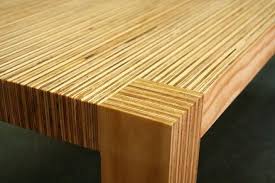
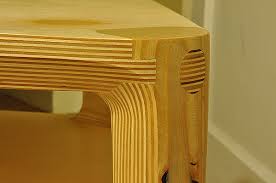
The greater number of plys and all-birch construction also means Baltic birch doesn’t have the voids commonly found in standard plywood. This solid construction creates a tighter bond between each layer.
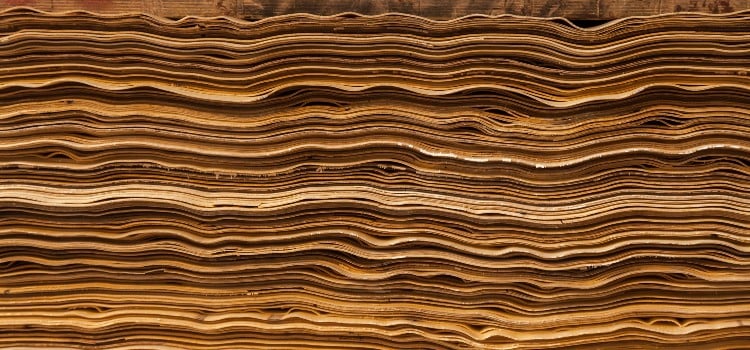
Baltic birch plywood also has a veneer that is about twice as thick as the veneer on a standard piece of plywood. This means the outer layer of the Baltic birch is less susceptible to cracking or chipping.
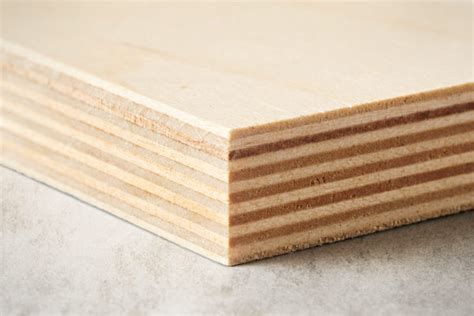
What Are the Advantages of Baltic Birch?
The higher quality of Baltic birch means it has more applications in woodworking than other types of plywood.
Better Joinery
With more plys per board than standard plywood, Baltic birch is stronger and more rigid than other plywood types. This makes it a good option for joinery that requires more strength for intricate dovetails and rabbit joints as it is much less likely to chip or have voids, creating a cleaner joint.
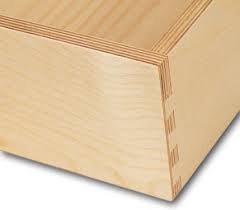
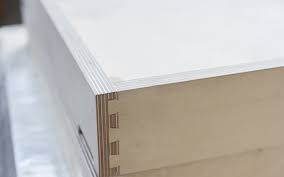
No Voids
Voids are the bane of standard plywood. They decrease the wood’s strength, leading to chips and cracks that are unsightly and can compromise the strength of the wood. More plys and a homogenous composition of all-birch means Baltic birch doesn’t have these dreaded voids. It also means the plys have a consistent amount of glue connecting each layer, creating a stronger board.
More Stability
More layers also mean a less susceptible board to warping or bending due to humidity. The layers are cross-banded, which provides a balance of forces that keep the board flat. Of course, as in standard plywood, the thicker the board, the flatter it will remain.
More Attractive
Because Baltic birch uses all birch and has no voids, you don’t necessarily need to cover the edges with edge tape. Whereas the different wood species and voids make leaving an exposed edge on standard plywood an unappealing option, The edge on Baltic plywood can be sanded to a smooth finish and sealed, creating an attractive appearance for certain types of furniture.
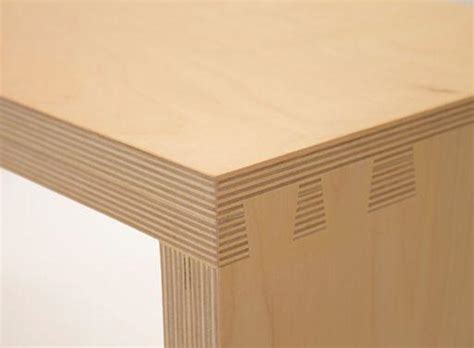
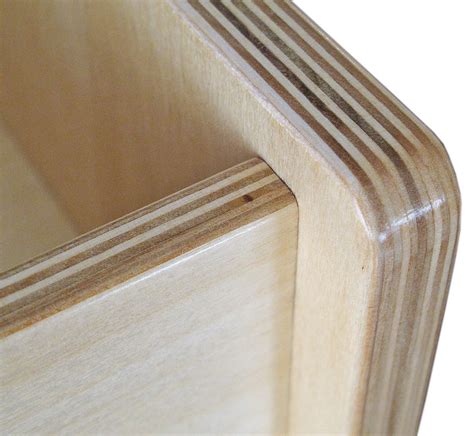
Thicker Outer Veneer
Traditional plywood has a thin outer veneer that can chip fairly easily at corners and edges when cutting, joining, or sanding making it challenging to use for cabinetry, furniture, and other types of finish carpentry. With an outer layer that is twice as thick as the outer layer of traditional plywood, Baltic birch won’t chip as easily, making it much easier to work with and much more suitable for furniture and cabinetry.
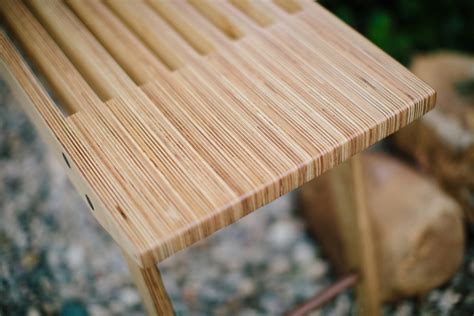
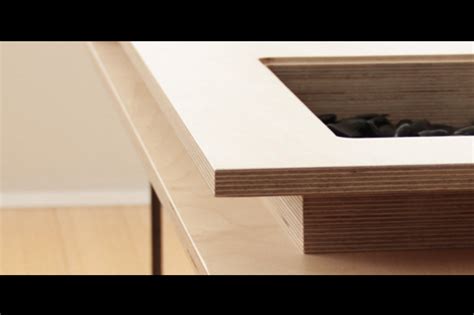
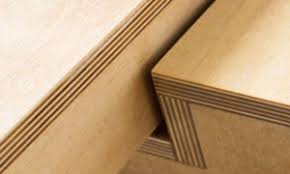
Better Moisture Resistance
While Baltic birch is by no means waterproof, it does better resist water than other plywood types because it uses waterproof glue. This doesn’t mean it can be used outdoors, but it means the layers are less prone to pulling apart when used in humid environments.
Screw Holding
Another advantage of Baltic birch is its ability to hold screws. Traditional hardwoods have softwood layers and voids that create weak areas that don’t adequately grip screws. Since Baltic birch is made entirely of hardwood, with no softwood or filler, it better holds screws. There are also no voids to cause problems. Plus, the thinner plays create a denser material that better holds screws.
Baltic Birch Plywood Grades
Just as with other types of lumber, not all Baltic birch plywood is created the same. Manufacturers use a rating system that delineates the quality of the plywood. Understanding this grading system is crucial to selecting the right piece of Baltic birch plywood for the job.
While all grades of Baltic birch plywood will have some patches and repairs on them, the number of flaws largely determines the grading of the wood.
B/BB
This is the highest quality of Baltic birch plywood. It has a face veneer that is defect free with a back face with no more than six color-matched oval-shaped patches. All the inner cores have solid single pieces of birch veneer.
BB/BB
The face and back veneers each have up to six oval-shaped patches. There may also be mineral streaks in the grain of the wood and small knots. The internal plys all consist of single pieces of birch veneer.
BB/CP
The front face has up to six patches while the back has an unlimited number of patches and knots but no defects that are not patched. All of the inner layers are solid Birch single-piece veneers.
CP/CP
Both the front and back veneers have an unlimited number of patches and knots but no open defects. The core consists of solid pieces of birch veneer.
C/C
This is the lowest quality of Baltic birch plywood. Both sides may have an unlimited number of patches, open knots, and splits in the veneer. There may even be small voids in the core, which is still solid birch. The outer veneers are not sanded.
Baltic Birch Sizes
While most standard plywood comes in 8-foot by 4-foot sheets, such is not the case with Baltic birch. Most Baltic birch comes in 5-foot by 5-foot sheets, which is the ideal size for European cabinetry. Since Baltic birch plywood is typically used for making smaller woodworking pieces, this smaller size is ideal.
Since Baltic birch comes from Europe, the thicknesses are in metric sizes. With this in mind, it’s important to understand how the sizes convert.
An 18-mm thick piece of Baltic birch is about the same thickness as a 3/4-inch thick piece of plywood. A 12-mm thick board is about 1/2-inch thick, while a 6-mm thick board is about the equivalent of a 1/4-inch thick board.
What Is Baltic Birch Plywood Used for?
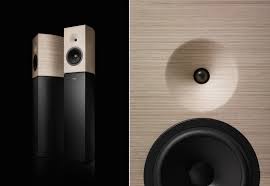
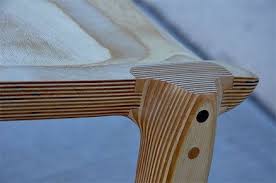

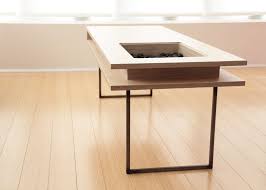
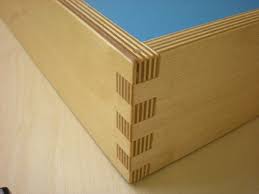
Baltic birch plywood has various uses in carpentry, ranging from furniture to kitchen and bathroom cabinets to sports retail fixtures in pro shops for golf, tennis and skiing.
Furniture
Its strength and ability to have a clean sanded edge make Baltic birch ideal for furniture. This includes cabinets, bookcases, desks, tables, and shelving. Its rigidity means it will hold its shape, giving it the strength needed to function as a desk or chair.
It will also better hold fasteners than standard plywood. Since the edge of Baltic birch furniture can be easily sanded and finished, leaving an attractive layered look, it doesn’t require tapes that can be time-consuming to install and won’t hold up to everyday use.
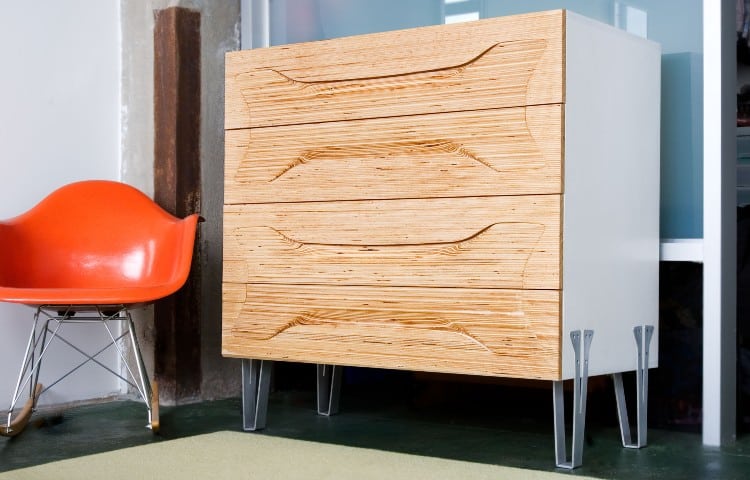
Kitchen and Bathroom Cabinets
Baltic birch’s waterproof glue gives it a natural ability to endure water, making it ideal for cabinetry around plumbing, such as in a kitchen or bathroom.
Kitchen and bathroom cabinets are also more susceptible to high humidity from cooking and baths and showers. This moist air can eventually weaken the glue that holds plywood layers together, causing the layers to come apart. Baltic plywood can better endure these conditions, making it ideal for these locations.
As with furniture, the edge of Baltic plywood is sandable and will better receive paint, eliminating the need to use tape that won’t hold up to the heavy use that kitchen and bathroom cabinets see.
Specialty Items
Birch plywood’s strength also makes it ideal for artwork panels, toys and arts and crafts items. The thicker outer veneers, solid birch core, and numerous plies that give it great strength and rigidity make it ideal for these purposes.
Skateboards often consist of birch plywood (a good indication of just how well birch plywood can endure abuse), as are skimboards, which is a testament to its ability to endure water.
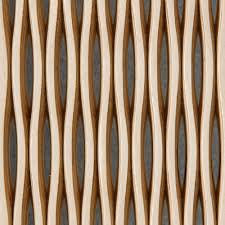
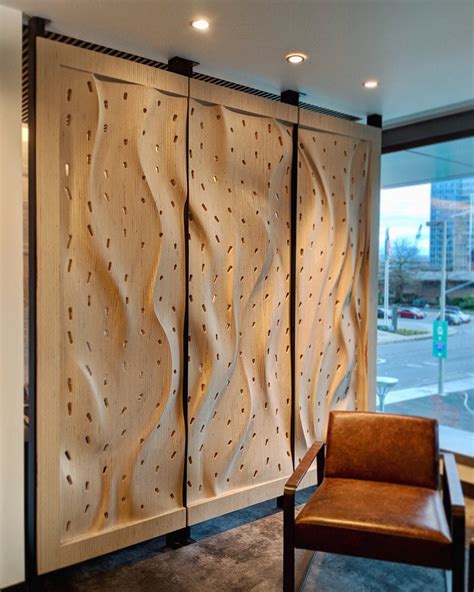
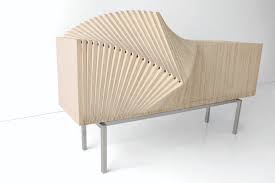

In the Workshop
With its strength properties, the Baltic birch is well-suited for use in the home workshop. Its thick outer veneer, stability, and strong core make it ideal for router fences, which must remain flat and square to be useful.
It’s also ideal for creating various types of jigs for the table saw, circular saws, and routers.
Baltic birch creates a smooth, durable surface for the top of a workbench. It’s a good material choice for tool stands and racks and even push sticks for table saws.
Can Birch Plywood Be Stained?
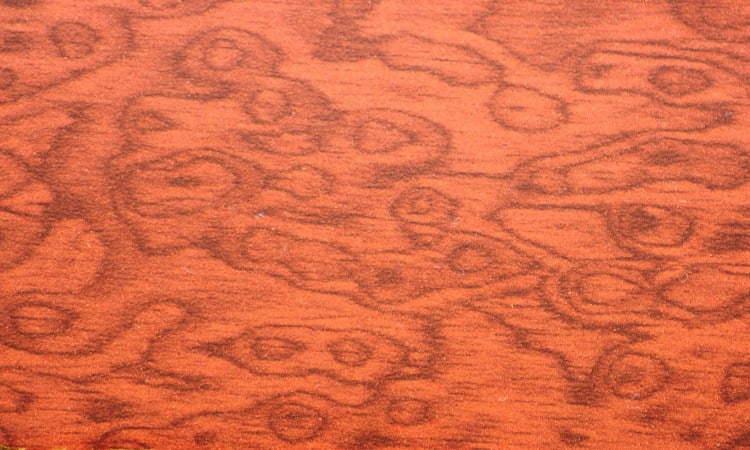
Like solid birch lumber, birch plywood can be challenging to stain because birch does not absorb stain well, causing it to leave a blotchy finish.
That said, birch can be stained with some measures to ensure that the wood receives the stain evenly.
To ensure a good finished product, you should first apply a stain controller or conditioner. This will ensure the stain goes on evenly, preventing the blotching effect.

Baltic Birch vs Birch: What’s the Difference?
There are major differences between Baltic birch and birch. Baltic birch has about twice as many plys, does not use any filler wood, and has thicker outer layers.
Typical birch plywood will have 5 to 7 plys for a 3/4-inch thick board, whereas Baltic birch will have about twice that amount. Baltic birch’s outer layers will also be noticeably thicker (about twice as much) as standard birch plywood.
Although this may be harder to see, all the plys in a Baltic birch are made of birch, whereas some of the plys in standard birch will be whitewood or some other softwood. This means the standard birch you find at most home improvement stores only has real birch on the veneers.
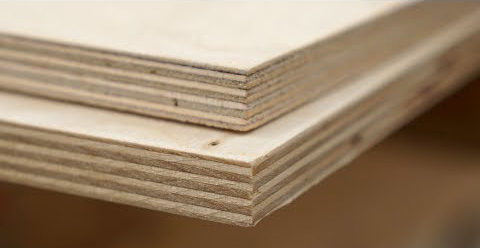
Does Baltic Birch Ply Warp?
All plywood will warp if exposed to enough moisture or even changes in heat and humidity.
The many layers that comprise Baltic birch, coupled with its cross-banded layers, make it much less susceptible to warping than standard plywood.
Cost
Baltic Birch Plywood is considerably more expensive, costing several times that of standard plywood per square foot. The price difference is mainly because Baltic birch plywood uses Birch throughout its core layers and veneers, whereas standard birch plywood only uses birch on its veneers, with softwood making up its core layers.
Where to Buy
Baltic birch plywood can be difficult to find. It is typically not sold in big box stores and is often only available in smaller sizes of 4-foot by 4-foot or 5-foot by 5-foot sheets that are ideal for making cabinetry and small furniture.
Baltic birch plywood is rarely sold at a big box home improvement store. Usually, one must seek out a specialty fixtures and cabinets woodworking firm like…hmm DP Juza Woods and Fixtures which specializes in hardwoods.
What to Consider
When specifying Baltic plywood for your next project, it’s important to consider a few factors before making your decision. As we discussed above, take into account the grade of Baltic birch. Baltic plywood with a grade of B or higher is ideal for cabinets and furniture.
You’ll also need to make sure to budget for this purchase as Baltic birch plywood costs more than twice as much as standard birch plywood.
Conclusion
Although it may share the same general design principles as other plywood types, Baltic birch plywood offers a higher level of quality. With double the layers of other plywoods that make it stiffer, thicker veneers that make it more durable, and solid Birch core that makes it stronger, Baltic birch is ideal for furniture and cabinetry.
Just keep in mind that you’ll pay more than double the cost of standard plywood for Baltic plywood.